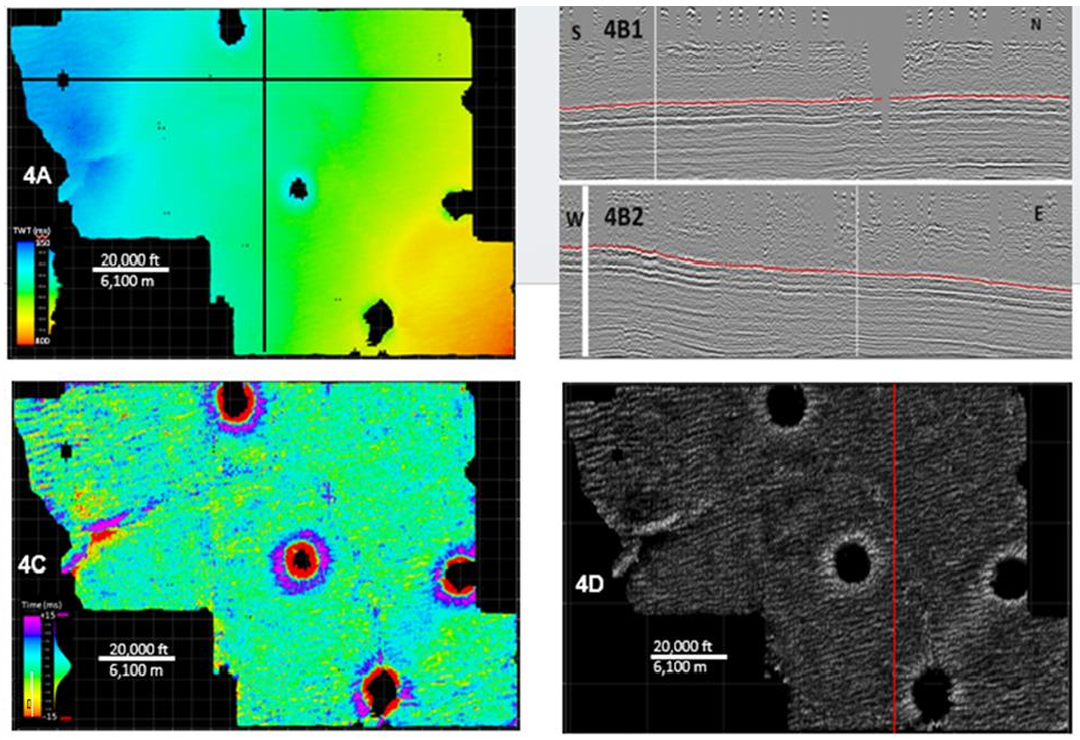Sixty-six million years ago, an asteroid thought to be around 12 kilometers (7.4 miles) in diameter impacted the Earth, forming a crater 200 kilometers (120 miles) in diameter, and 1 kilometer (0.62 miles) deep underneath what is now the Yucatán Peninsula in Mexico.
ADVERTISEMENT
The impact sent debris flying into the air, which then rained down upon Earth, causing wildfires and blocking out sunlight, eventually cooling the planet and leading to the mass extinction of the dinosaurs, among other species.
That’s a pretty big impact for a space rock, but the Chicxulub impact left other, gigantic marks in the Earth’s structure as well. The impact caused an earthquake with an estimated magnitude of over 11, and sent gigantic Rayleigh waves rippling through the ground, with estimates saying they could have reached over 100 meters (328 feet) high. This too had a knock-on effect.
“The effects of the earthquake, particularly the Rayleigh waves, resulted in disruption around the Gulf of Mexico (GoM) which is adjacent to the impact site,” the authors of a new study explain. “Carbonate shelves collapsed and unconsolidated clastic sediments on the shelves were mixed with water to form muds and suspensions which gravity mobilized to flow down the shelves and even into the depths of the GoM.”
In 2021, a team led by Dr Gary Kinsland of the University of Louisiana at Lafayette found evidence that the impact and resulting tsunami left “megaripples” of sediment 16 meters (53 feet) high and 600 meters (1,969 feet) apart. These megaripples were deposits of sediment distributed in what was then the ocean floor, but now forms part of Louisiana.
ADVERTISEMENT
In a new study led by Kinsland, the team further mapped the shelf using seismic data. They found that these megaripples extend much further than expected.
“Megaripples exist everywhere in the data investigated upon/within the, once, fluidized marl muds of a mass transport deposit which was mobilized by Rayleigh waves from the Chicxulub Impact, about an hour before the tsunami reached the northern Gulf of Mexico (Louisiana),” the team explain in their new study.

Megaripples caused by the Chicxulub impact. The holes seen are salt domes.
Images courtesy of Gary Kinsland
While the team mapped the area and found evidence of these megaripples in the area, how exactly they formed remains an open question. When the first study was published, scientists questioned how a high-energy event could cause such an effect, usually associated with calmer environments. In the new study, the team suggests that the impact essentially “fluidized” a layer of sediment.
I suspect that the fluidized sediment was moved into the ripple shapes by the tsunami and then retained the shapes much as whipped cream maintains shapes after the stirring ceases.
Dr Gary Kinsland
“Typical ripples, from wind, water current or waves form by erosion, movement and redeposition of individual particles. The material upon/within which the megaripples imaged here were formed, the MTD, was, at the time of the tsunami, fluidized marl muds,” the team explains. “We propose that the high velocity traction of tsunami flow drove the underlying, likely thixotropic muds, into waves, megaripples, much as the traction of wind drives water into waves. As the velocity of the tsunami abated, the thixotropic muds maintained their megaripple shapes.”
“I suspect that the fluidized sediment was moved into the ripple shapes by the tsunami and then retained the shapes much as whipped cream maintains shapes after the stirring ceases,” Kinsland added to IFLScience, adding “I know of no ripples of the magnitude that we have found anywhere in the world.”
While an interesting and perhaps important find, demonstrating the effect of such a giant asteroid impact on the Earth, more study is needed to figure out the exact mechanism that caused these lasting megaripples in our planet’s surface.
The study is published in Marine Geology.
Source Link: Asteroid That Killed The Dinosaurs Left "Megaripple" Structure Underneath Louisiana